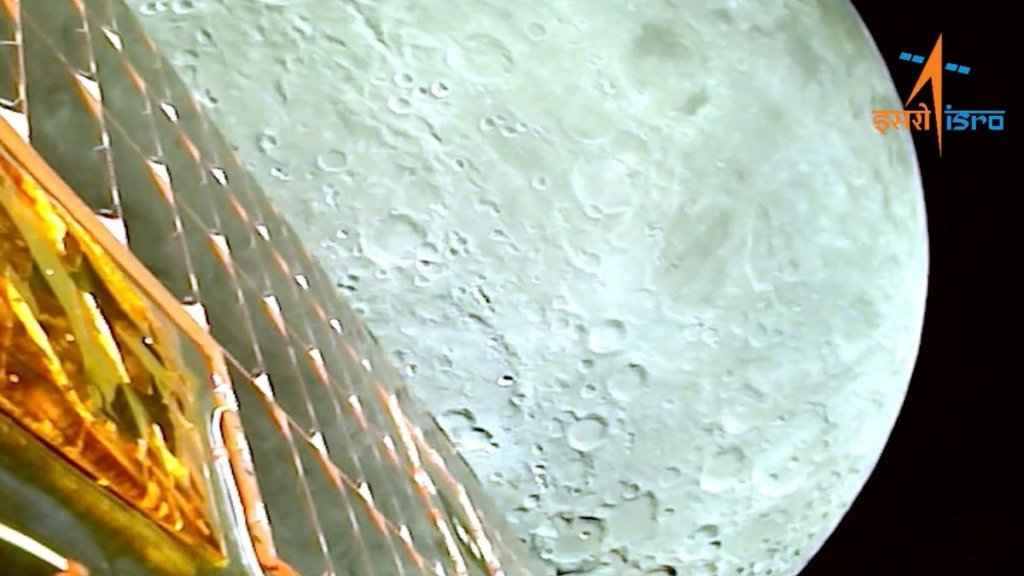India’s Chandrayaan-3 lunar lander is flying on its own ahead of a historic landing attempt.
The Indian Space Research Organisation (ISRO) said Thursday (Aug. 17) its Chandrayaan-3 moon lander is now flying on its own after separating from the propulsion module that brought it to lunar realms.
“Thanks for the ride, mate,” ISRO officials tweeted from the mission’s account, as the agency announced the successful deployment ahead of the expected moon-landing attempt on Aug. 23.
Chandrayaan-3 launched on July 14 into a highly elliptical, or oval-shaped Earth orbit. It gradually raised its altitude before an engine burn on July 31 to head for the moon. Then it entered orbit around the moon on Aug. 5.
Related: Chandrayaan-3: A guide to India’s third mission to the moon
The 6-billion-rupee (roughly $73 million) Chandrayaan-3 mission aims to bring India on to the surface with a precise landing near the moon’s south pole. Only the United States, the former Soviet Union and China have made soft landings on the surface before.
The lander, called Vikram, carries on board a small rover called Pragyan. The mission calls for the duo to explore the surface for a lunar day (roughly 14 Earth days) until the dark, cold lunar night likely depletes both of their batteries.
India isn’t the only country in recent memory to attempt a soft landing. Japan’s ispace had a lander that apparently crashed during a flight earlier this year. And back in 2019, the private ILSpace Beresheet lander from Israel also failed its surface attempt.
Later this year, private missions from the United States may also try for moon touchdowns. At least two efforts funded by NASA’s Commercial Lunar Payload Services Program (CLPS) are in later stages of development.
Intuitive Machines set a Nov. 15 launch date for its private moon lander aboard a SpaceX rocket, as long as the spaceport is not too busy. Astrobotic also has a lander, called Peregrine, set to fly on board the debut launch of the delayed United Launch Alliance Vulcan Centaur rocket, which now may fly by the end of 2023.

